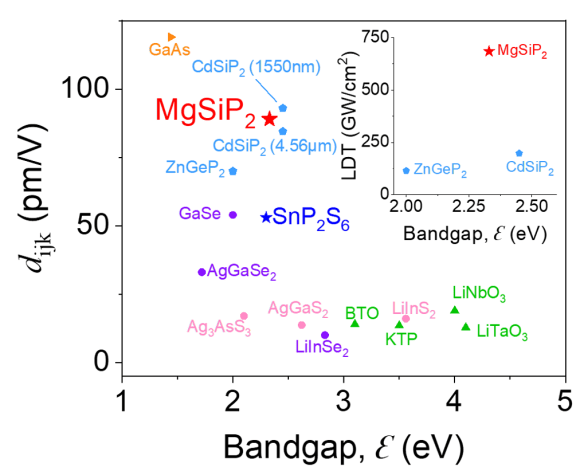The drive towards non-von Neumann device architectures has led to an intense focus on insulator-to-metal (IMT) and the converse (MIT) transitions. Studies of electric field-driven IMT in the prototypical VO2 thin-film channel devices are largely focused on the electrical and elastic responses of the films, but the response of the corresponding TiO2 substrate is often overlooked since it is nominally expected to be electrically passive and elastically rigid. Our recent work on in-operando spatiotemporal imaging of the coupled elastodynamics using x-ray diffraction microscopy of a VO2 film channel device on TiO2 substrate reveals two new surprises. First, the film channel bulges during the IMT, the opposite of the expected shrinking in the film undergoing IMT. Secondly, a microns thick proximal layer in the substrate also coherently bulges accompanying the IMT in the film, which is completely unexpected. Phase-field simulations of coupled IMT, oxygen vacancy electronic dynamics, and electronic carrier diffusion incorporating thermal and strain effects suggest that the observed elastodynamics can be explained by the known naturally occurring oxygen vacancies that rapidly ionize (and deionize) in concert with the IMT (MIT). Fast electrical-triggering of the IMT via ionizing defects and an active “IMT-like” substrate layer are critical aspects to consider in device applications. This collaborative work was led by Greg Stone, then a postdoctoral scholar in our group, and Vladimir Stoica, a research associate professor at Penn State. The work involved close collaboration with Chen group on phase-field modeling, Haidan Wen and Zhonghou Cai on synchrotron x-ray, Schlom and Engel-Herbert groups on film growth, and Datta group on device fabrication. A news release is found here.



